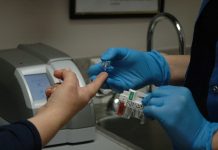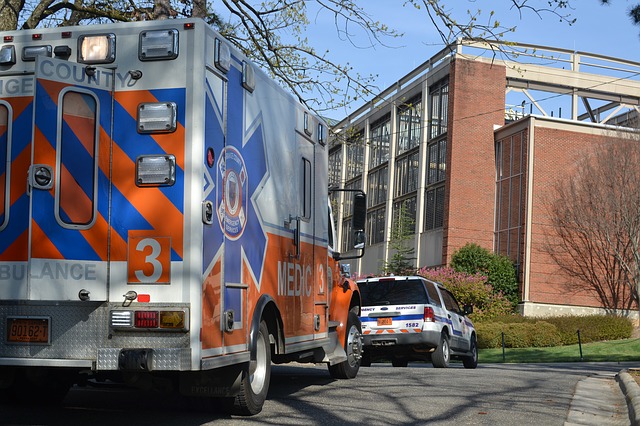May 2010 - Researchers at LSU Health Sciences Center New Orleans and Children's Hospital of New Orleans have found that there is a major difference in the hemoglobin A1c (HbA1c) response to blood glucose between African-American and Caucasian children with diabetes.
HbA1c is the main test used to monitor diabetes and guide treatment decisions. African-American children test significantly higher than Caucasians who have similar average blood glucose levels. The research may explain why African Americans are at increased risk of diabetes complications. The study is published in the May 2010 issue of the journal, Diabetes Care.
The study has important implications for clinical practice. "The HbA1c can be deceptive in African American children with diabetes, misleading their doctors into believing that glucose levels are higher than they really are, " notes Stuart A. Chalew, MD, Professor of Pediatrics and Head of the Division of Endocrinology in the Department of Pediatrics at LSU Health Sciences Center New Orleans School of Medicine. "If doctors don't take both HbA1c and self-monitored blood sugar levels into account, they are likely to unintentionally provoke increased episodes of life-threatening hypoglycemia in African-American patients."
The research team, which also included James M. Hempe, PhD, Associate Professor of Pediatrics, and Jodi L. Kamps, PhD, Clinical Assistant of Pediatrics at LSU Health Sciences Center New Orleans, followed 276 children at Children's Hospital of New Orleans with type 1 diabetes over a six-year period. The average age of participants was 12.5 years with an average duration of diabetes of nearly 5 years. The researchers obtained HbA1c levels and mean blood glucose levels � the average of self-monitored blood glucose measurements downloaded from strip-based glucose meters for periods of at least 30 days.
By analyzing a hemoglobin glycation index (HGI) which assesses biological variation in A1c after accounting for the effect of mean blood glucose, the team found that there were significant differences in HGI groups by race but not by gender. About 58% of the African-American children were in the high HGI group compared to only about 24% of the Caucasian participants.
Continue Reading Below ↓↓↓
"Besides the risk of over-treating with insulin and provoking hypoglycemia, the data also suggest that there is a need for alternate therapies to reduce diabetes complications other than insulin and other glucose lowering agents," concludes Dr. Chalew.
According to the American Diabetes Association, almost 24 million people, or about 8% of the population of the United States, have diabetes, including about one in every 400-600 children and adolescents. It is the seventh leading cause of death and is the leading cause of kidney failure. Diabetes is associated with an increased risk of heart disease, stroke, high blood pressure, blindness, nervous system damage, and non-traumatic lower-limb amputations.
Source: Louisiana State University Health Sciences Center











